Did you miss the previous part in this backlinks analysis series? No worries, you can catch up right here: Analysis of 1 Million Backlinks: Airbnb (Part 2/10)
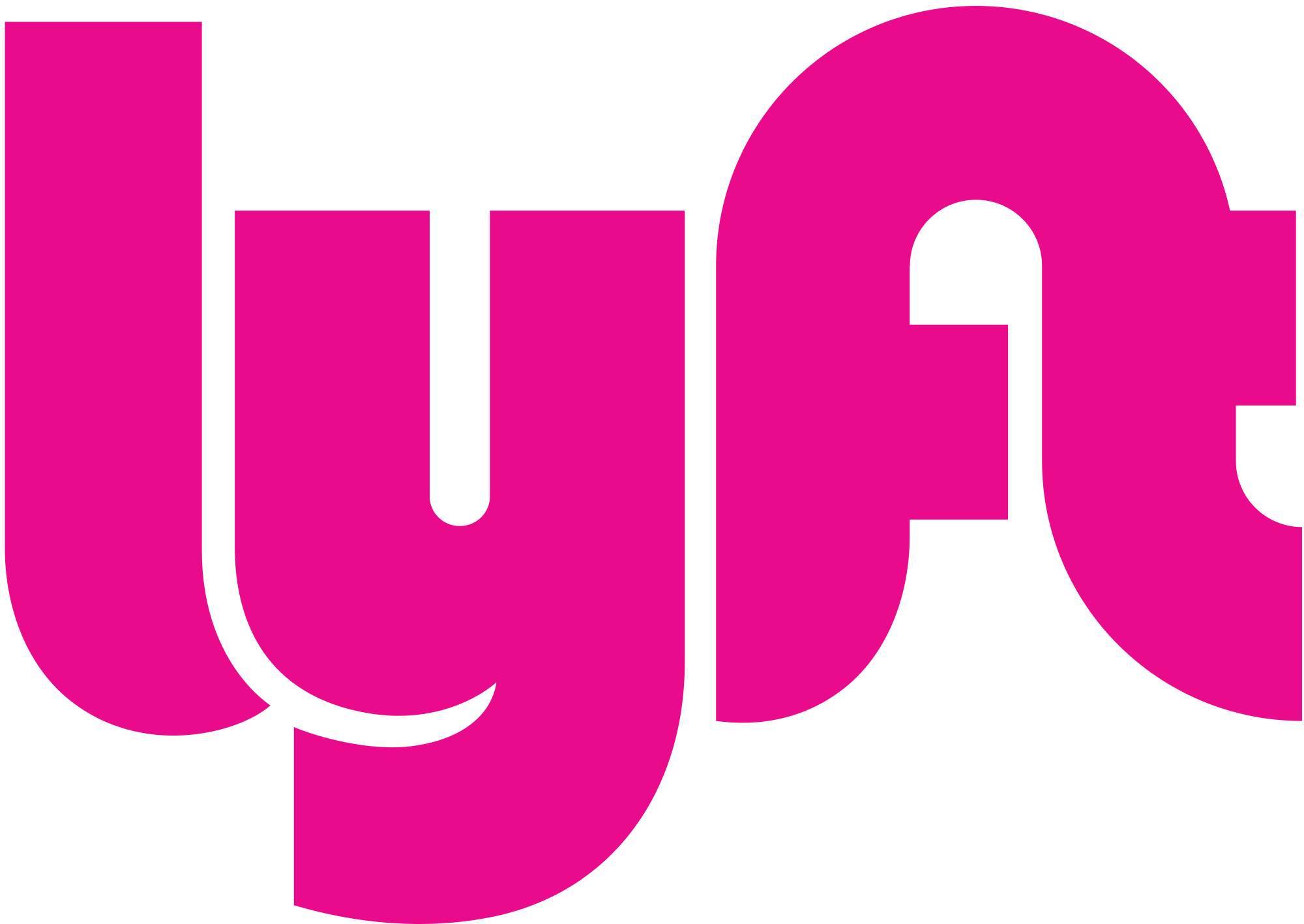
TL;DR – We analyzed 1 million backlinks via 10 random sample sets of 100,000 backlinks across 10 different websites from a variety of business verticals to determine how the link metrics from those backlinks would impact gains or losses in organic search visibility.
A Quick Word About Link Analysis at Scale
If there was just one piece of advice I could give regarding link analysis, it would be this: don’t ever manually review hundreds of thousands of backlinks one by one.
Seriously, don’t do it! You will burn out or fail (likely both) and your client/manager will be very upset with you for not making proper use of your time.
What you should do is look for patterns, trends and commonalities among link metrics for a given set of URLs to identify unnatural links.
Pro Tip: Powerful crawlers and anchor text classifiers like URL profiler can literally save you hundreds of hours of grunt work. We’re in no way, shape or form affiliated with them, but we highly recommend checking them out!
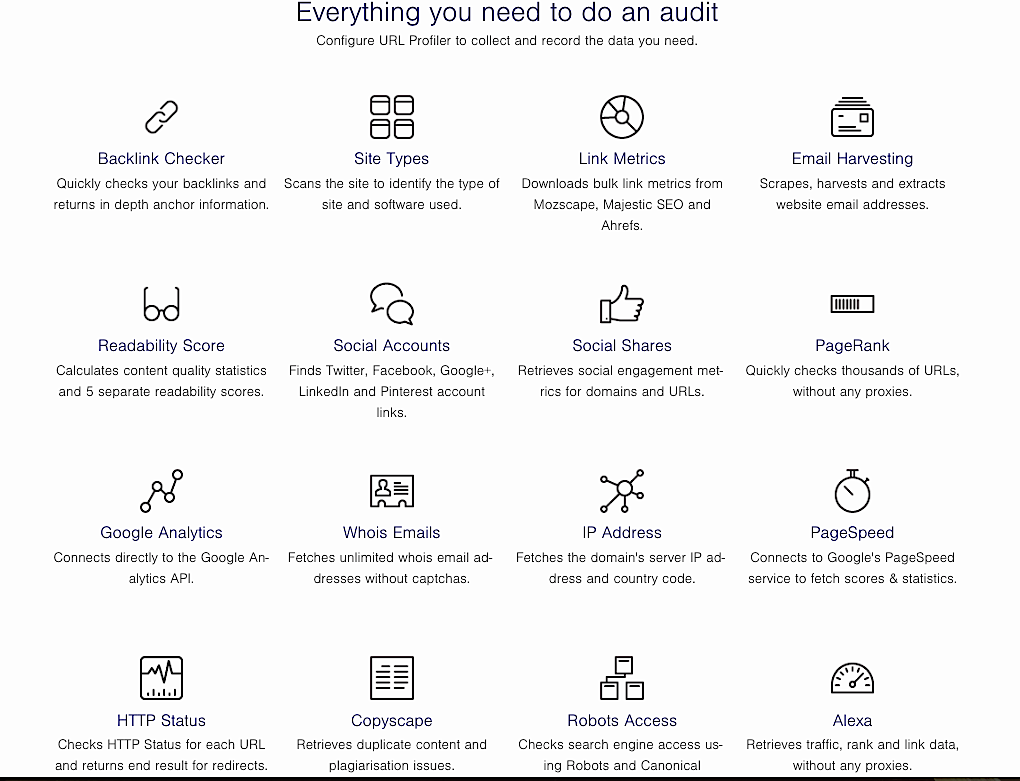
Here’s a link audit tool stack that I’d recommend:
Upon completing a link audit, you should have a few outputs to work with:
- Danger List – These are the links that are extremely likely to be unnatural and should be considered for disavowal.
- Caution List – These are the links that could be unnatural and must be manually audited to determine if they are safe or dangerous.
- Safe List – These are trustworthy, authoritative links that are most likely to be natural. Getting more of these will help boost organic visibility.
- Link Schemes – These are large groups of similar links that are coming from the same source and are the most probable cause of site-wide links.
- Link Opportunities – Some websites (especially popular brands) earn natural, high-quality links without knowing it. An audit will help you discover those sources so you can build relationships and earn more links.
- Link Equity Consolidation – In almost every case, there are authoritative inbound links pointing to 404 pages on any given website. Those 404 pages should be revived by implementing 301 redirects to a live final destination URL to reclaim the lost link equity.
Link Metrics Considered
The link metrics can be segmented into 4 key categories:
- Diversity
- Trust
- Authority
- Relevance
These are the primary link metrics that will be used to evaluate Lyft’s backlink profile:
- Majestic Citation Flow – Rates how influential a URL may be based on how many sites are linking to it, based on a 100-point scale.
- Majestic Trust Flow – Predicts how trustworthy a page is based on the trustworthiness of those sites that are linking to it, based on a 100-point scale.
- Moz Spam Score – Rates the level of penalization risk associated with a given URL, based on a scale of 0 – 17 where any rating of 11 or higher is likely to be spam.
- Moz Domain Authority – An overall website rating that is calculated by metrics such as linking domains, number of total links, MozRank, MozTrust; into a single 100-point logarithmic score.
- AHrefs Referring IP C-Class Diversity – IP Addresses are divided into lettered blocks (AAA.BBB.CCC.DDD). The more referring C Class Duplicates that exist within the link profile indicates the site is likely to be engaging in link networking.
- AHrefs URL Rating – Prediction score for how well a page is likely to rank in organic search results, based on a 0-100 scale.
Learn More: What Is Link Roundup Link Building: The Practical Guide
Domains Evaluated
We included the following websites in our study:
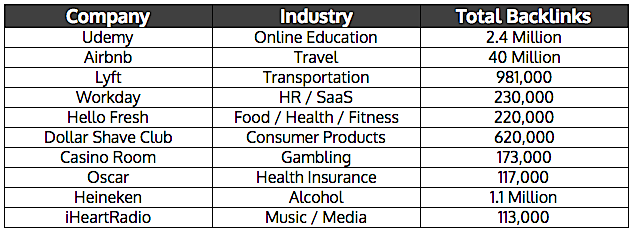
Analysis of 1 Million Backlinks: Lyft
Lyft is an on-demand ridesharing/taxi service, available in most major cities across the U.S. with possible global expansion soon. Lyft describes themselves as “your friend with a car, whenever you need one.” Download their mobile app and get a ride from a friendly driver within minutes.

Non-Branded Opportunities
Before I even got into their backlinks, I was curious to see if Lyft was taking advantage of any non-branded organic traffic.
The ridesharing service industry is one that heavily relies on branding and trust. Think about it: you’re putting your life in a complete stranger’s hands!
Because the industry is so brand-centric, most of the keyword opportunities are branded.
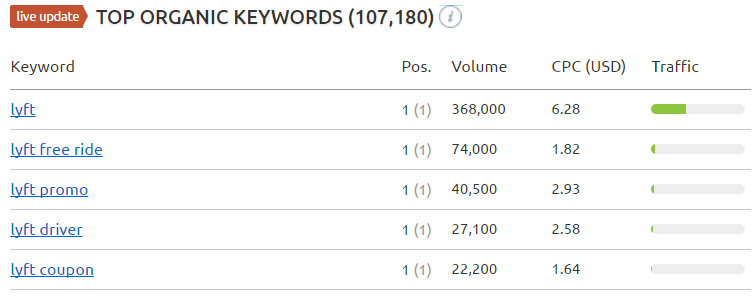
Lyft’s top 5 organic keywords from SEMrush are branded opportunities.
That said, Lyft has also optimized their homepage for natural language, customer-centric searches like “I need a ride.”
I’d bet there’s a lot of voice searches for a term like this, too.
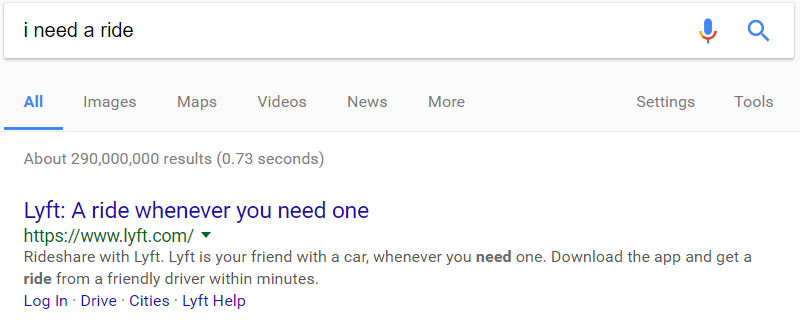
They’re also ranking #1 for “free rides” with their coupon landing page. Again, a smart strategy from Lyft.
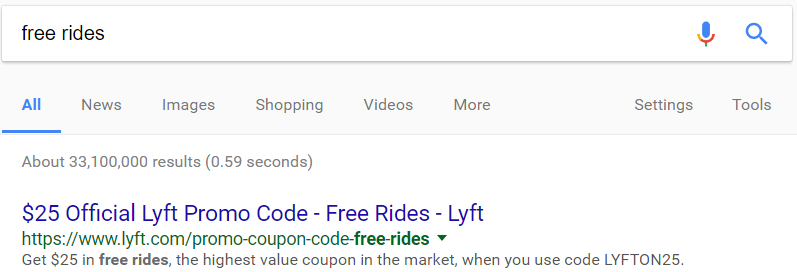
Trump Effect: Impact of Public Relations on SEO
It always grinds my gears when people think of SEO as a “silo” channel. As search engine algorithms focused more on user engagement metrics and less on how many keywords are stuffed into a landing page template, the impact of brand authority, content, social, P.R. and e-mail has become more important than ever before.
From Fortune:

From Mashable: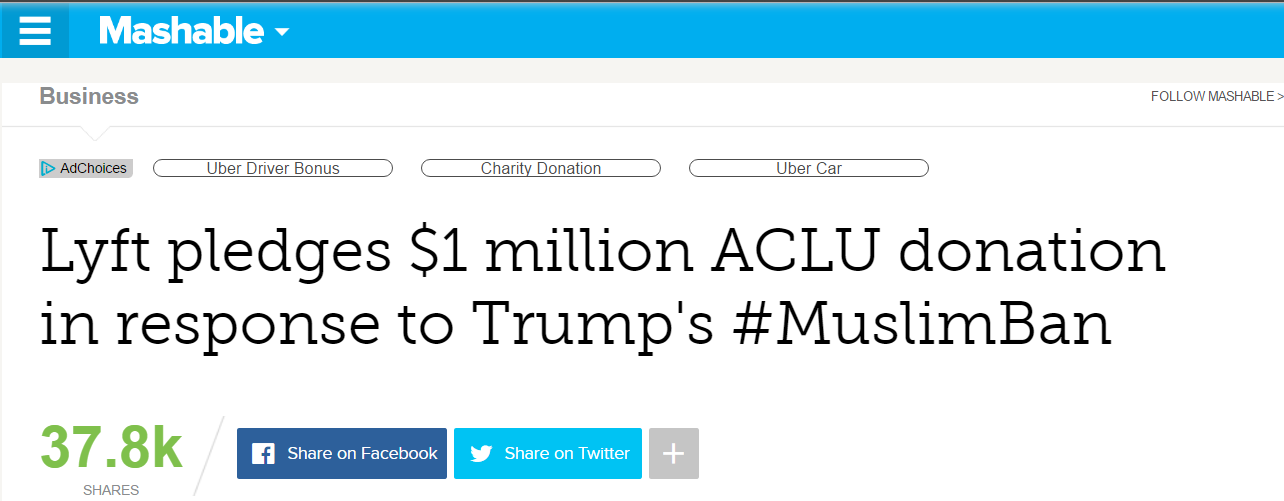
This could potentially be seen as a “risky” strategy by some P.R. enthusiasts, but it actually turned out to be brand buzz gold for Lyft. They took a firm stand on a controversial trending topic, and it yielded tons of great links from authoritative sites like Mashable and Fortune.
Ahrefs validates a surge of referring domain growth in the past 30 days:
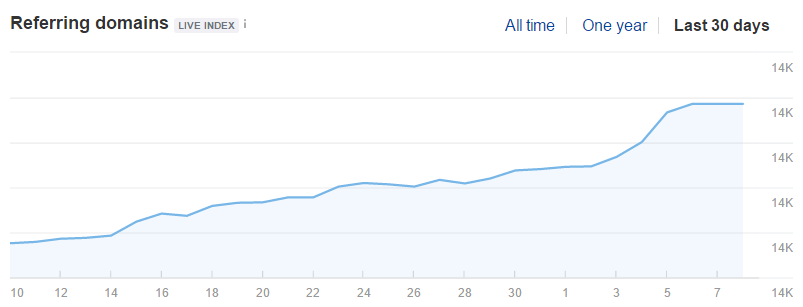
And let’s not forget about business results either. Lyft app downloads skyrocketed:
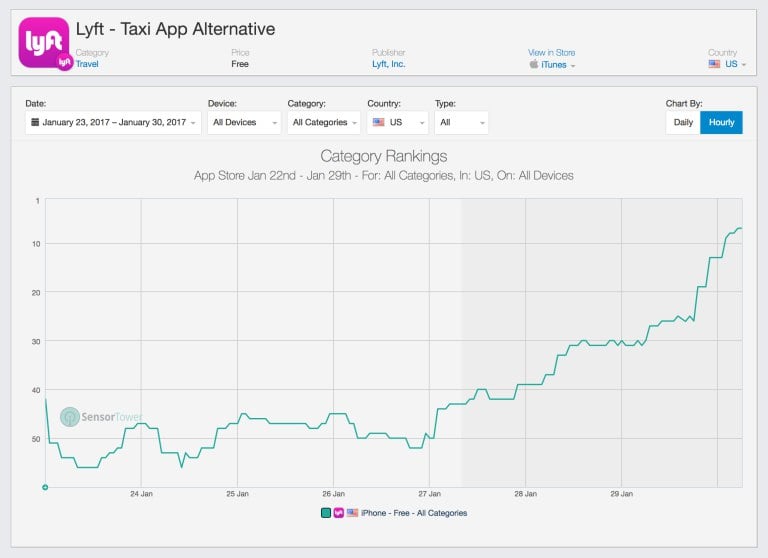
Source: TechCrunch
Learn More: The Ultimate Guide to Link Building with Content
Key Insights: Lyft’s Link Profile

- Sitewide Links from Low-Quality Domains: The top referring domain to Lyft.com is a strange site with no authority or relevance. There are 126,624 dofollow backlinks from a strange site (thumbtackpress.com):

Source: Ahrefs
Every page on this site is duplicate content (which is an indicator of a spam site):

- Link Popularity (David & Goliath): Lyft has done a nice job of building brand authority, and as a result has acquired more links than lower level competitors, such as Via. However, Uber is still the behemoth of the ridesharing service industry, and has simply acquired more links from more referring root domains. Lyft is trailing Uber by approximately 15K referring domains in the battle of link supremacy:
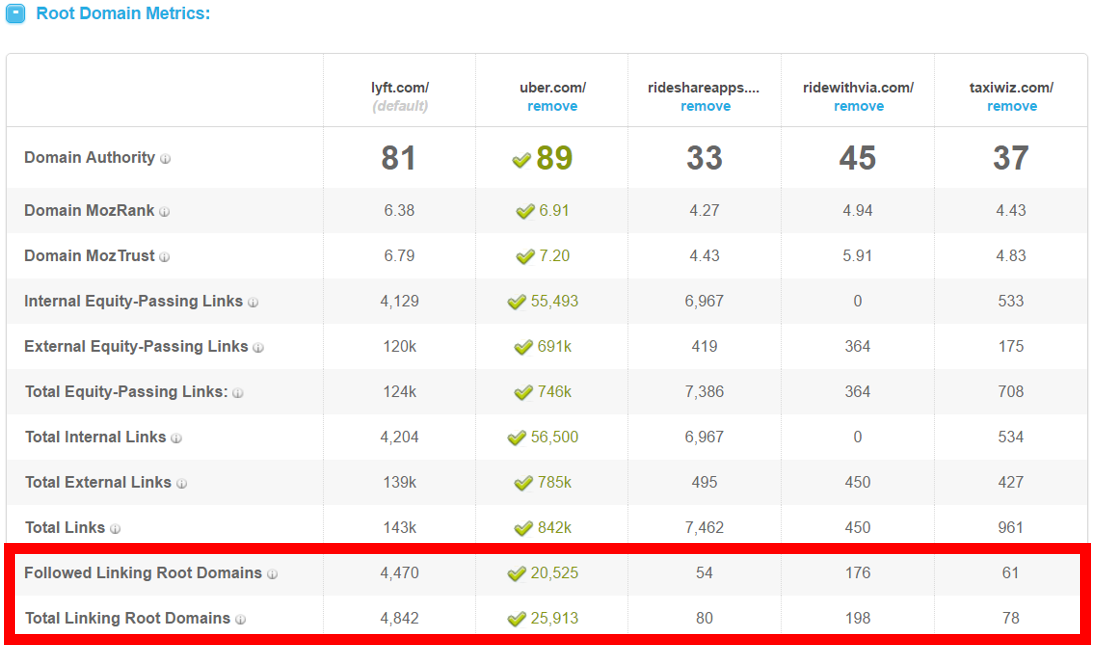
Source: Open Site Explorer
After data sterilization, approximately 33K live links were found:

Why So Many Dead Links?
To be clear, a “dead link” in this context means a link that was once live and indexed but is no longer there.
Here are two possible scenarios:
- The referring page still exists, but the link was removed.
- The referring page no longer exists (404).
In the case of a popular site like Lyft, it’s very possible that a large number of site-wide links were dropped from the time the link data was collected versus the time it took me to crawl the links and complete the analysis.
Let’s see where some of these dead links are coming from.
There were over 10,000 dead links coming from lyfthub.com:

Lyfthub.com appears to be “shut down” by the GoDaddy default landing page:
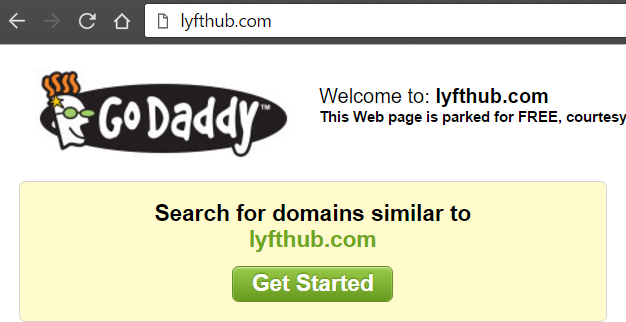
Archive.org proves that this was once a spammy fake forum site:
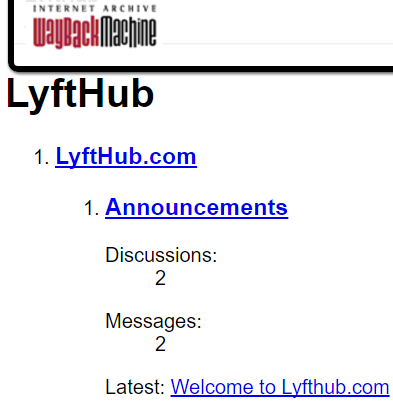
The distribution is showing a wide range of referring domains at various strengths, with the biggest cluster between DA 30-60, and a few outliers at 87+:
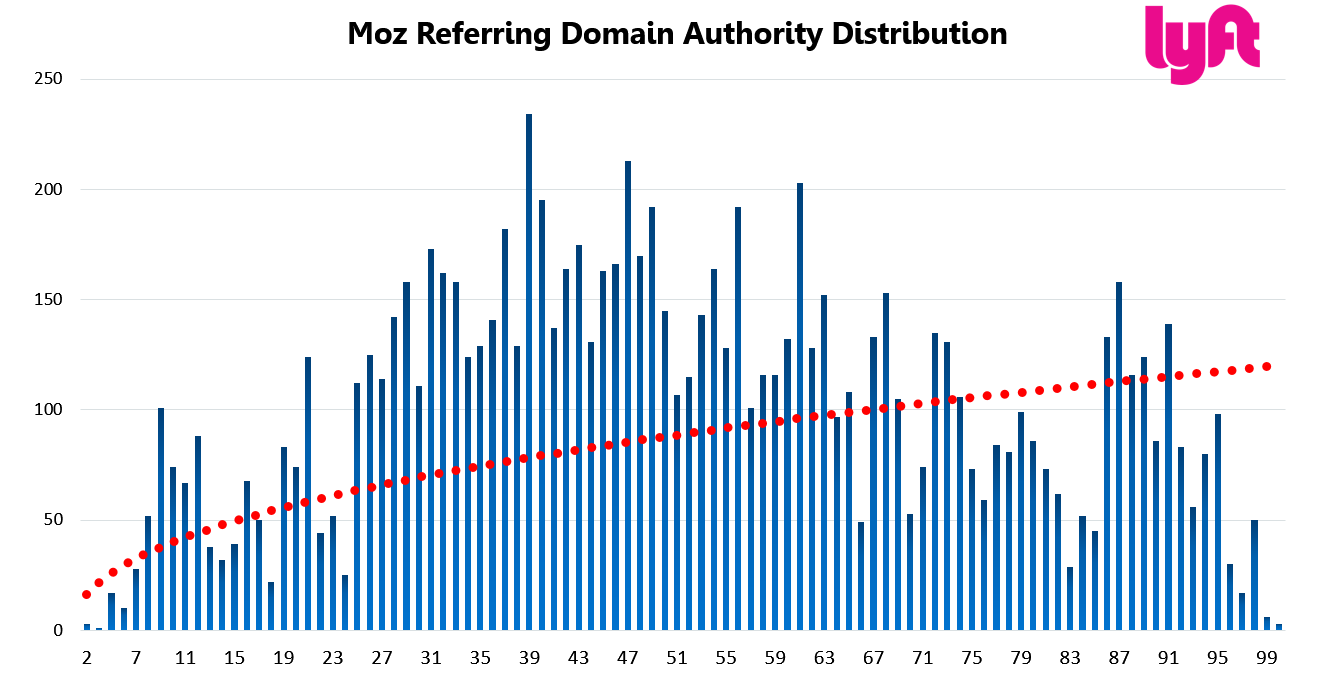
Cluster at DA 40
I think most SEOs would agree that it’s quite natural to a see a site such as Lyft.com with an abundance of referring domains at DA 40. Very common link from a typical mid-tier personal finance blog.

Outliers at DA 90
Lyft can naturally attract links from authoritative domains based on newsworthy, headline-style P.R. efforts.
CNBC published a story on Lyft’s efforts to compete with Uber.

This was actually a cool piece of user-generated content.

The URL rating distribution from Ahrefs skews heavily toward the low end, with a cluster at the 7-9 range and a second surge of links at 30-38. Given the spike at 0, we can conclude that most backlinks from the Ahrefs index are of lower quality.
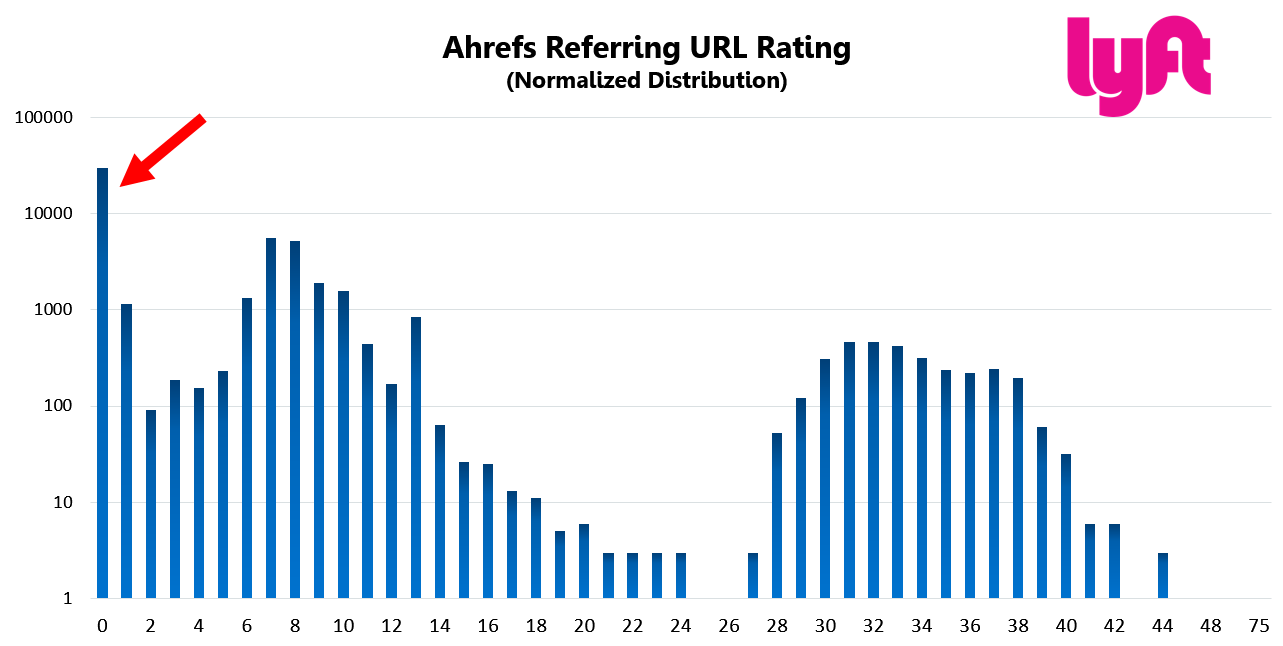
This is a low-quality forum link identified by Ahrefs. Normally forums are red flags for spam, but in this case it’s a legit forum site for Lyft drivers to network with each other:
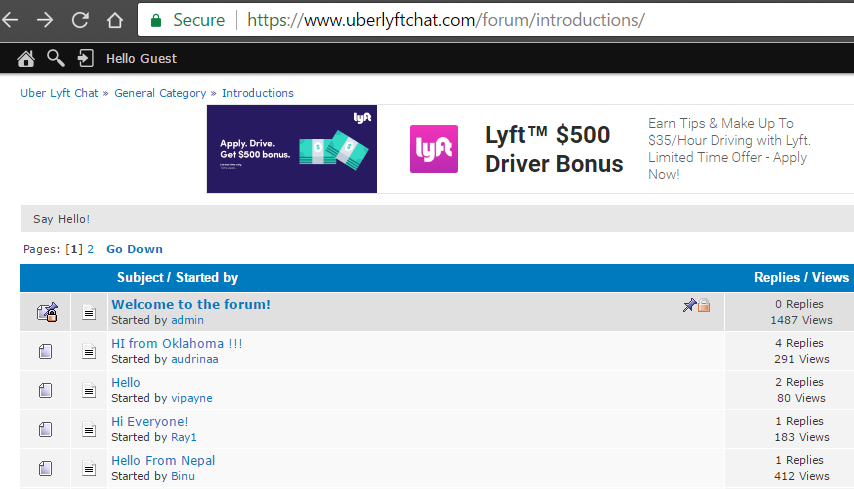
The Domain Trust Flow distribution has outliers at 0 and 23, an indication that there are many referring domains that are untrustworthy, and likely site-wide in some cases:
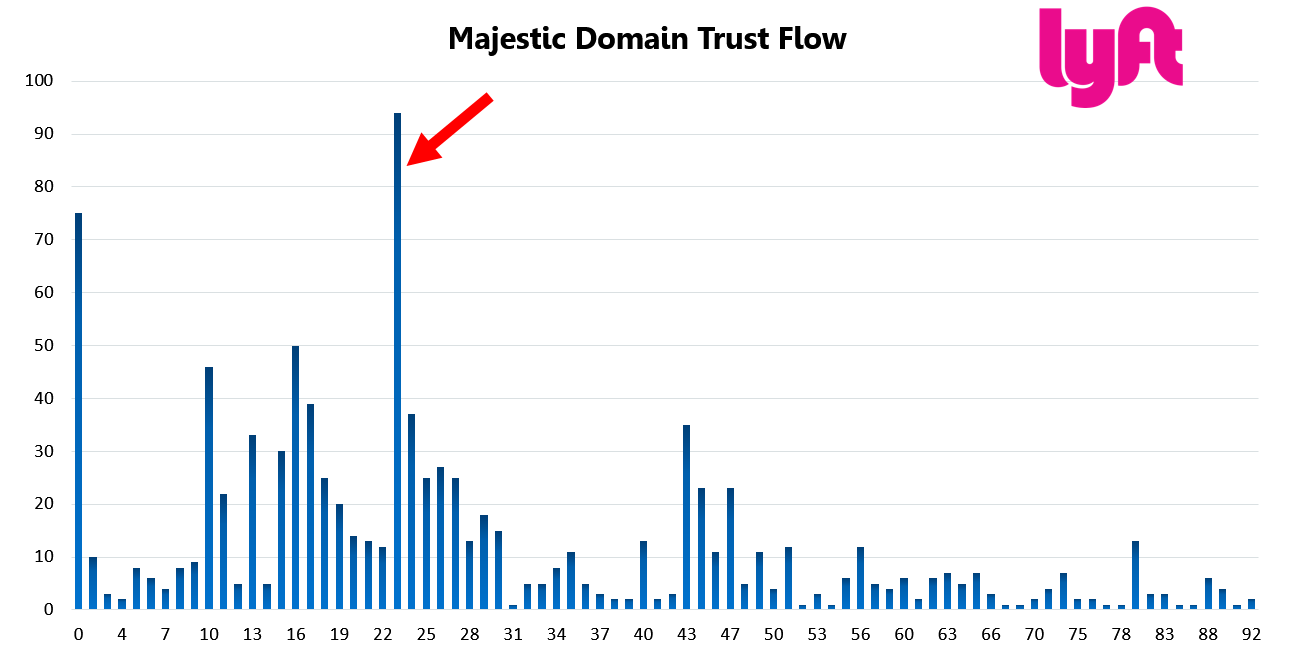
The outlier at Trust Flow 23 is a site-wide link coming from banner ads:
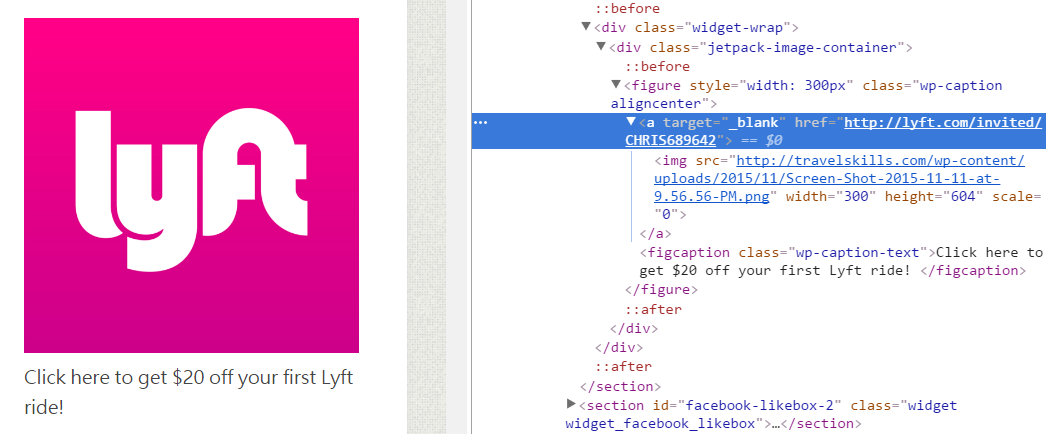
A Quick Word on Banner Ad Image Links
Typically, for any kind of paid link, Google recommends a nofollow on those to draw a line in the sand.
That said, search engines have gotten really good at understanding how to best interpret these. Google is smart enough to know that these links aren’t contextual and won’t place as much value on them.
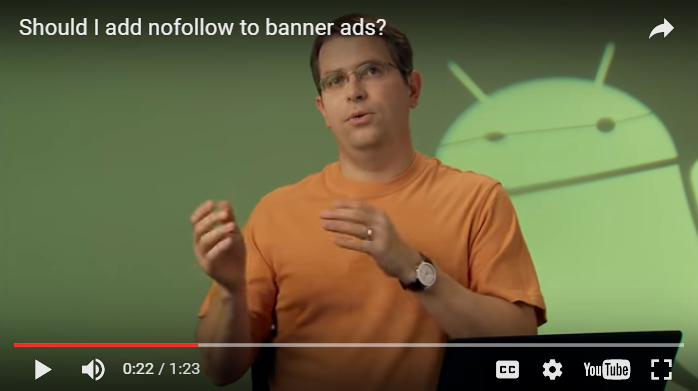
Source: YouTube
At the URL level, most backlinks have a Citation Flow rating of 14-20, with a significant drop off after 27, an indication that most backlinks are somewhat influential:
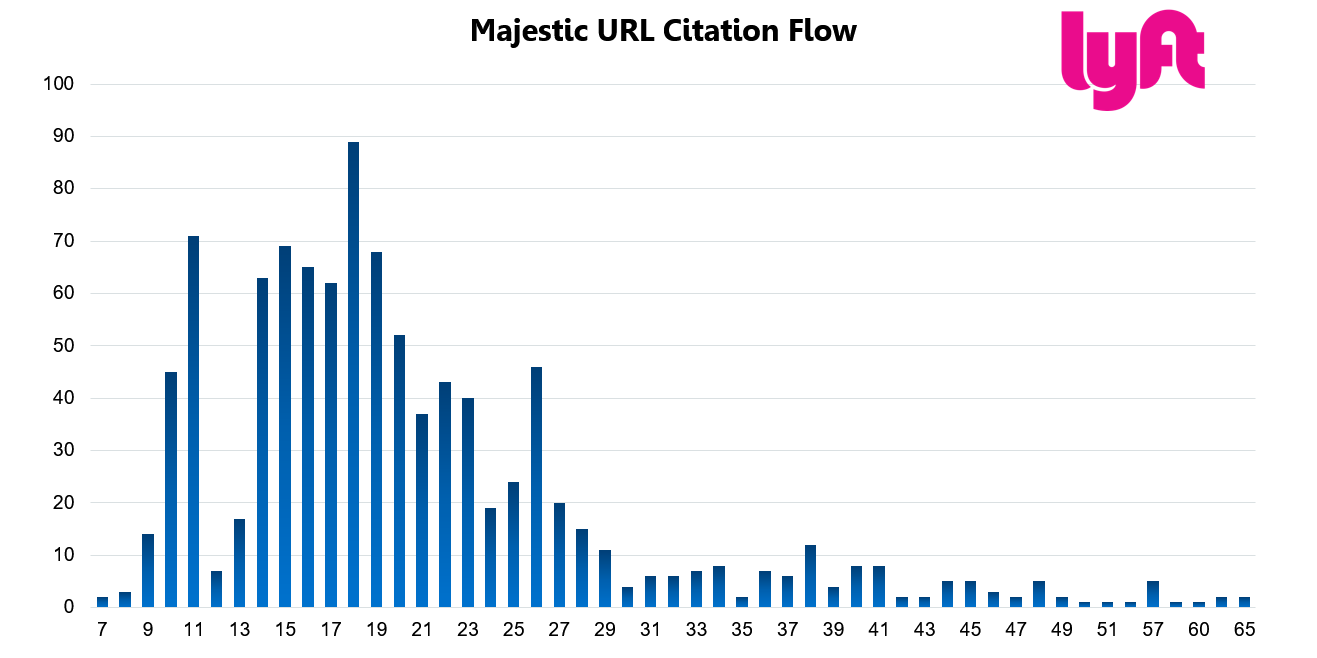
Moz’s Spam Score (0-17 scale) recommends reviewing links with a score above 8. Most of Lyft’s links are below the alert threshold:
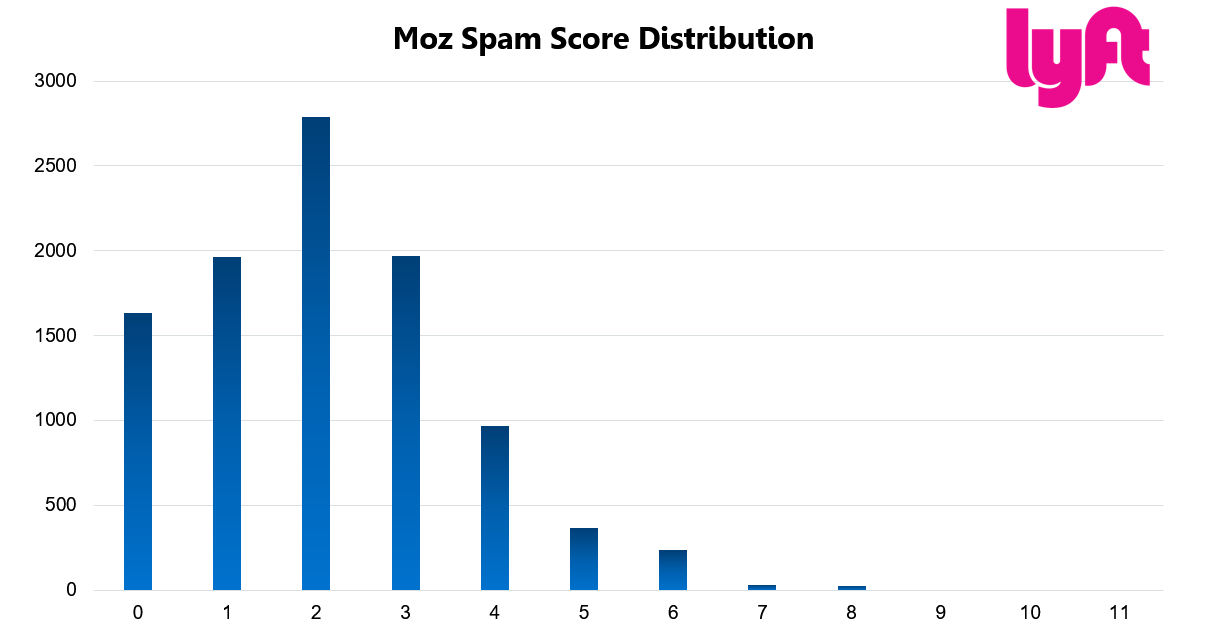
Heavily branded anchor text aligns with the top organic keywords. Nothing about their anchor text profile seems unnatural.
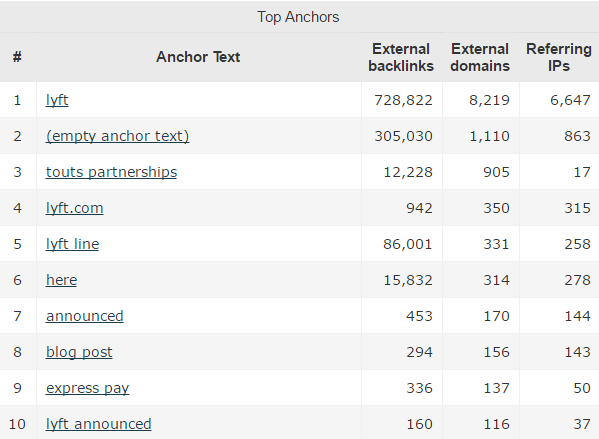
The anchor word cloud confirms a natural anchor text profile:

Source: Majestic
Despite a huge number of site-wide links from low-quality domains, Lyft has a natural link profile and is likely safe from penalization:

Lyft has shown a very natural link profile, despite 34% of links falling into the caution bucket. These links should be reviewed manually to determine their fate:
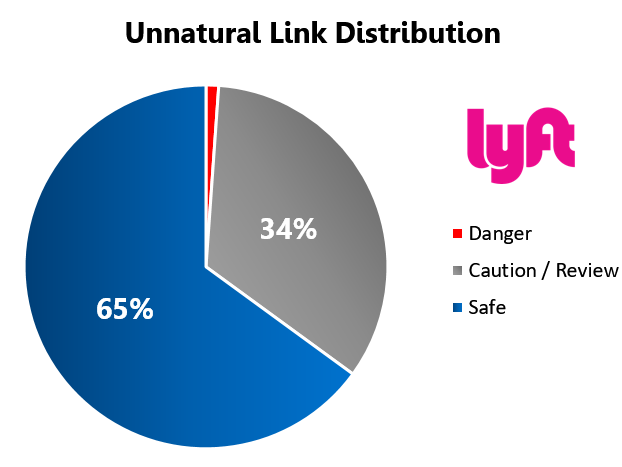
Related Content: How to Build Premium Quality Backlinks to Boost Ranking [podcast]
Lyft Conclusions & Next Steps:
- P.R. has a massive influence on backlinks!
- Continue finding ways to be relevant in the news.
- Continue to differentiate from Uber; most of the time when a given site links to Lyft, it links to Uber as well.
- Disavow Thumbtackpress.com
- Invest in content that will earn diverse anchor text links.
- Focus on keyword research to find non-branded opportunities.
- Disavow Danger List URLs.
- Review Caution List.
Final Thoughts
While Lyft is at low risk for link penalization, there’s still a lot of opportunity to improve their Content Strategy by focusing on non-branded opportunities.
Lyft is ahead of the small fish, but Uber still remains the leader here. In most cases where Lyft earned a link, Uber earned one, too. Standing out and differentiating is key.
For example, this program to “keep seniors moving” was one of the top linked pages on their blog. Campaigns such as this will be the right approach going forward.
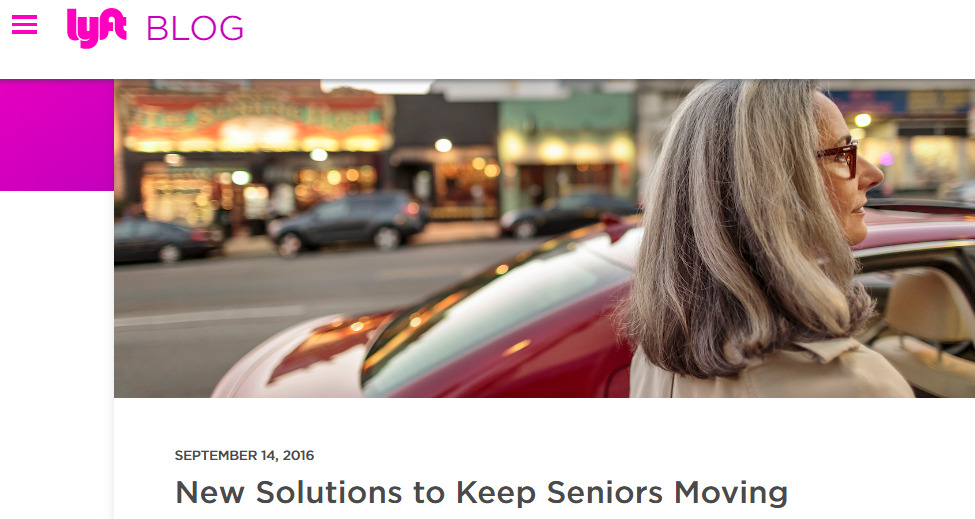
An SEO-savvy in-house marketer with technical chops can likely work with Lyft’s P.R and development teams to implement these recommendations. If you’re a marketer looking to improve your link game, check out our ultimate guide to link building.
If you’re not an SEO-savvy marketer or you just don’t have the time, Single Grain can help you! We’ve helped business of all sizes improve their marketing ROI, ultimately increasing revenue – check out some of our case studies here.
Click the green button for your FREE consultation to see how we can help you. (Just wanna geek out about SEO? That’s cool, too! Let’s chat.)
Have you done any link audits lately? What’s your process like? Let us know in the comments below!




